Lots of new musical instruments were being introduced in the sixteenth century, this allowed for the composition and creation of new forms of music. Many of the percussion instruments that were being played had been around since the Middle Ages. Percussion instruments are those which are played by being struck, rubbed, scraped or shaken.
The collection of percussion instruments in the Tudor times included the ones that were handed down from the medieval times along with the ones that were invented in the 16th century. The percussion instruments were played by being shaken, struck or scraped.
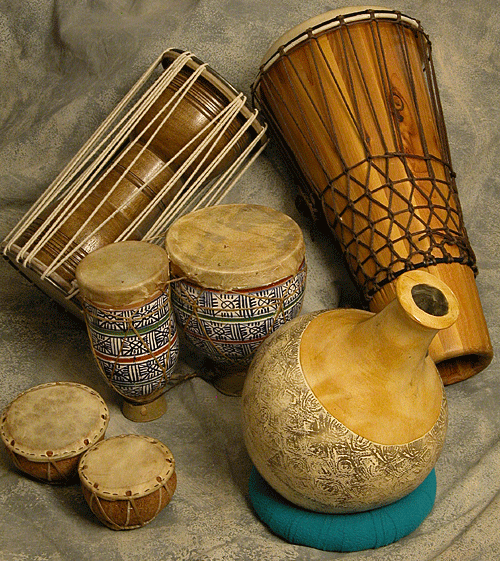
Tudor Percussion Instruments Facts
Many Tudor percussion instruments were introduced in the Medieval period, their use being continued right through the Tudor period, the modern forms of the instruments still being used today. The drum as a Tudor percussion instrument was very basic compared to the variety of drums that are played across the country today. The Tudor drum was called a tambour.
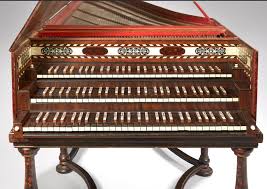
Essentially it was a hollow cylinder, usually made from wood which had a membrane (which was usually some kind of animal skin) stretched across each end. When struck the sound would resonate through the hollow and make a musical sound.
Today the cymbal sits atop a compact drum kit, as a Tudor musical instrument is was played alone. A single, concave metal disc, usually made from brass was suspended by a leather strap and hit with a stick, or two discs were crashed together to make an explosive sound.
Tudor Triangles and Tambourines
Only the metal used in the manufacture of a triangle has changed over the centuries, as the basic design of this simple percussion instrument remains largely unchanged. A simple metal bar is bent into a triangular shape, hung from a cord or strap and then struck with a beater made from the same metal.
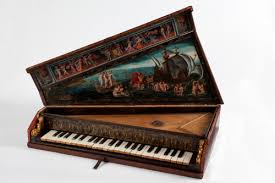
The instrument, when struck produces a high pitched, ringing sound which can be altered by changing the size of the triangle being played. The tambourine, as the name would suggest, is a relative of the tambour drum. The instrument features a round wooden frame which has a membrane of animal skin stretched over one end. Around the frame are small pairs of cymbals which jingle when the instrument is struck or shaken.
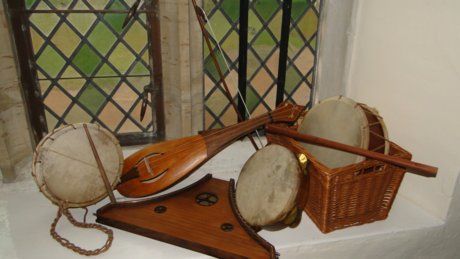
Why Tudor Percussion Instruments were Important?
Dancing was an important and enjoyable past time of the rich and poor alike. The dances that were shown at court were complicated, with many intricate steps and movements. The use of percussion instruments enabled the dances to keep their steps and movements in time with the music being played. The percussion instruments ensured that the dancers kept perfect time and looked as elegant as possible.
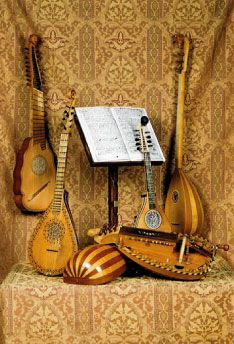
For the poor, who would dance outside in the open air, percussion instruments were readily available and were easily transportable. Simple percussion instruments were also inexpensive and could be made by the people that wanted to play them.
Percussion instruments at the poor dances were about noise and energy, nothing to do with maintaining a stately elegance on the dance floor. These simple percussion instruments have stood the test of time and remain in use today around the world. Though the materials used in their manufacture has been changed, the musical tones and effects that the deliver have not.
More Info On- Tudor England Musicians, Spinet and Keyboard Musical Instruments, Stringed Instruments List
